Fens are rare wildlife 'hotspot'

Ouse Washes is a Special Area of Conservation
The Fens are home to 25% of Britain's rarest wildlife and 13 globally rare species, according to a new report.
Researchers from the University of East Anglia studied over one million records collected by scientists and amateur enthusiasts that date back to 1670. The Fens Biodiversity Audit details evidence of 13,474 species of plants, insects, birds, fish and mammals. The area covered 3,800 km sq, spanning the Fenlands of Norfolk, Suffolk, Cambridgeshire and Lincolnshire. Christopher Panter, an ecologist from the school of Environmental Sciences at the University of East Anglia and one of the authors of the audit, commented: "One of the most surprising things was that, despite it being a very large area, most of the area was previously unrecorded."
Fantastic fens

Predatory Great Raft Spider - East Anglica.
Data was collected from well-known fen sites such as



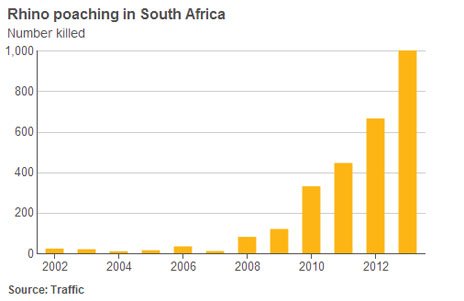



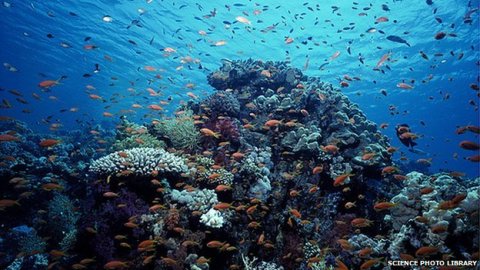
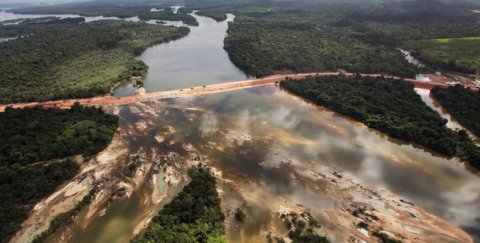



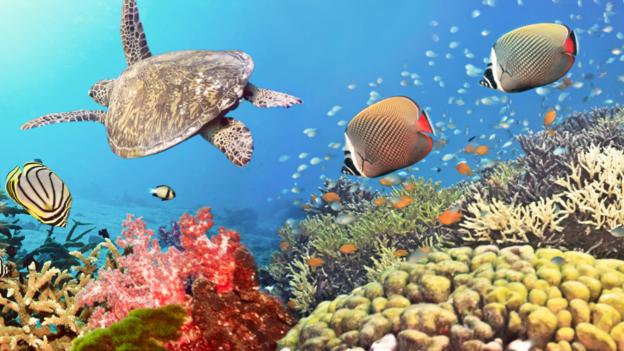
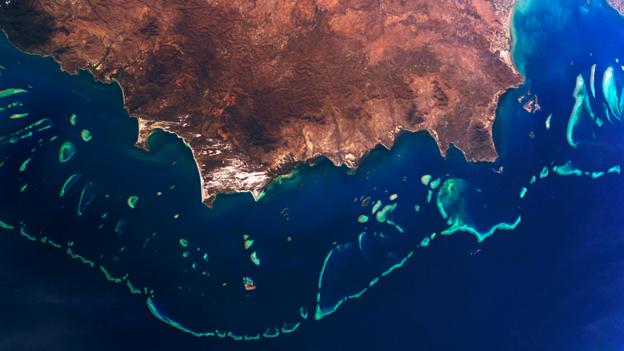
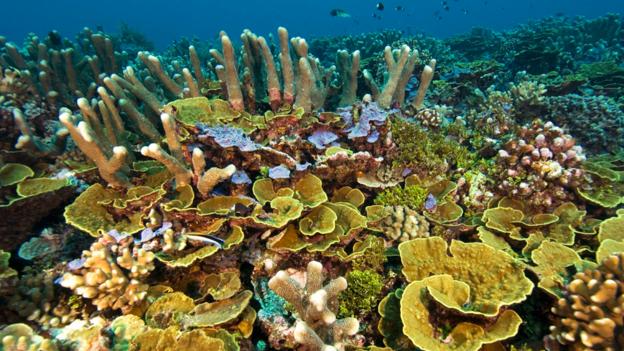
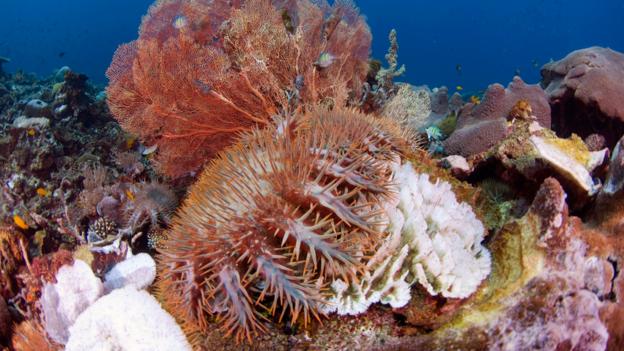

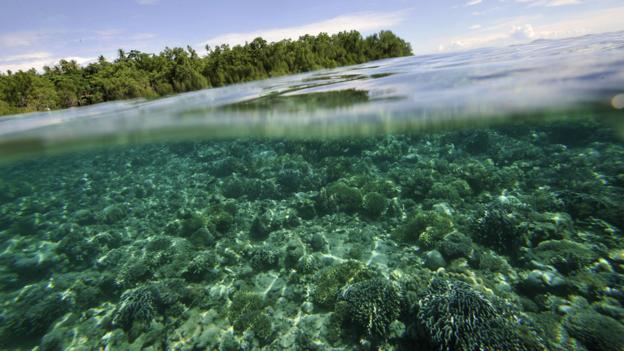
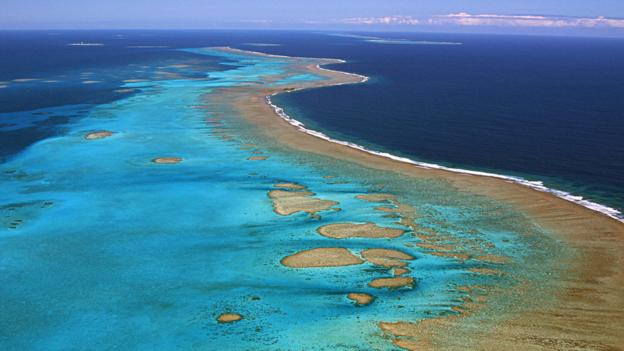









Recent comments